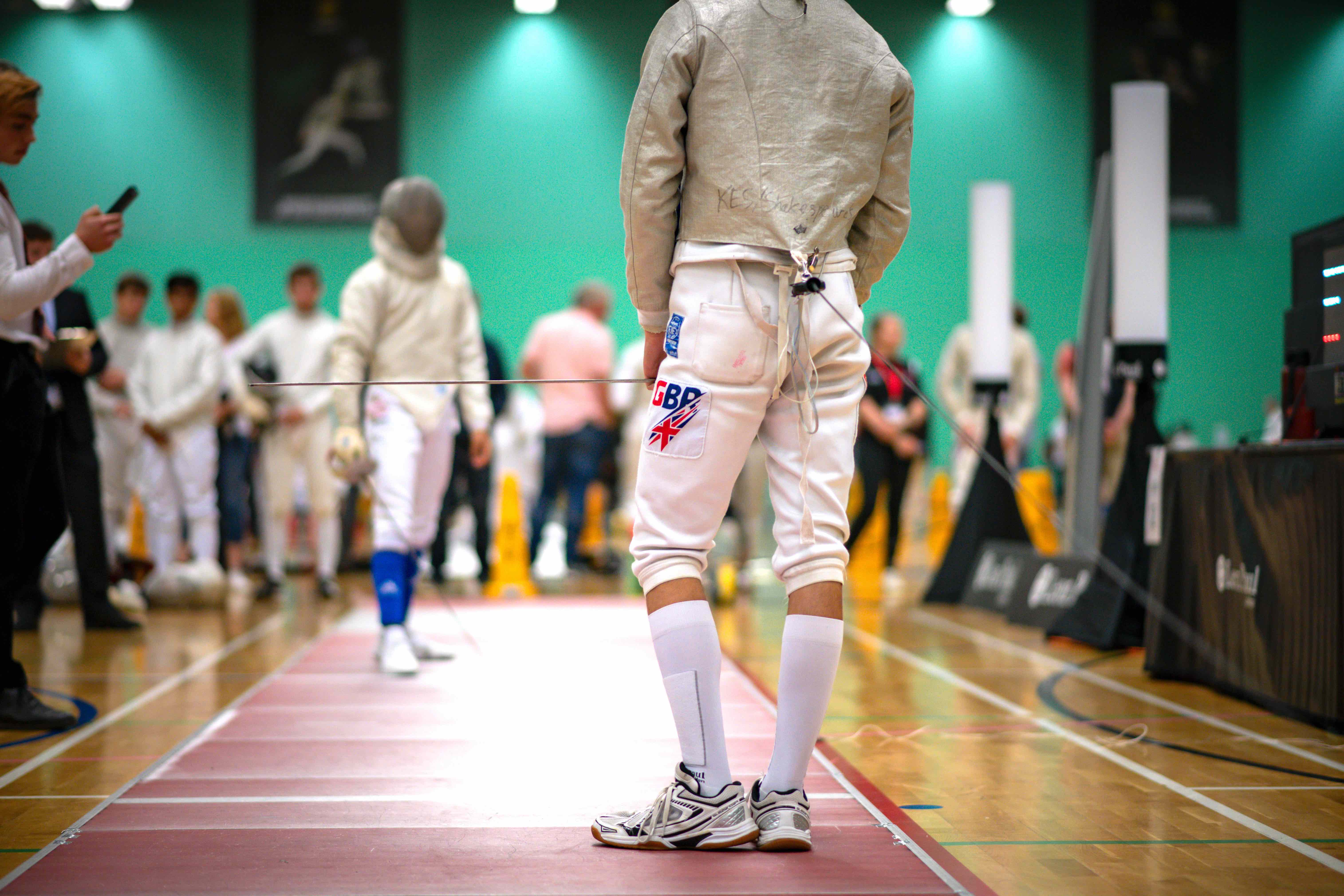When examining our fencing, often we talk about what our best actions are, how we want to score our points and what our strengths are. How often however, do we take the time to look at it from the opposite perspective – what ways will we and won’t we accept being hit by our opponent?
This exercise can be just as useful as analysing how we want to score because it recognises that we are facing a live opponent and they will score points against us. No one goes through a competition winning 15-0, 15-0, 15-0. So when planning a fight, we need to be clear what points we will accept being scored against us – and this decision should be informed by our plan for how we want to win the fight.
If a cricket bowler knows that if a batsman is hitting him for sixes, he may be taking too many risks and at some point, his luck may run out. However if the batsman is consistently scoring singles, the bowler will be unable to build pressure on them, which in turn reduces his chances of getting them out. How do we decide what is the best balance for us?
A good rule of thumb is that if I have made my opponent work harder than me for a hit, this could be a good point for me in the long run. I coached sabre at Shakespeare’s Swords Fencing Club and one of our key tenets when defending was to make the opponent push you all the way to the end of the piste whenever they’re attacking. The goal was to make them have to build an attack that spans the entire length of the piste, rather than going for a last ditch counter-attack halfway down the piste. We knew that in sabre, the odds were against us in defence.
Even before the 2016 timing change, a good day on sabre defence was if the attacking fencer only landed 60% of their attacks. However we believed that if our opponent had to push an attack to the end of the piste every single time, it made them more likely to try and rush the attack. In turn this made them more likely to make a mistake, and over the course of a match we could begin to tilt those odds more in our favour. By framing this as a question of mistakes that we as a club would and would not accept, it gave the athletes a framework to work within. They were free to experiment and find what worked for them, knowing that if they got hit, the question that followed was about what they were trying to do when they got hit, not about them getting hit in the first place.
The example above has talked specifically about defence in sabre but it is just as applicable to other areas of the game or either of the other weapons. Just as you would expect to know how you want to score points in a variety of situations, apply the same thinking to how you would and wouldn’t want points to be scored against you.
The benefits of this extend into the psychological side of the game too. We’ve all been in a position when an opponent gets on a bit of a roll and we can feel the panic building as they score point after point. This isn’t going to plan. However, if we’ve taken the time to think about how our opponent might score their points and what we’ll accept, we can evaluate an opponent’s points against us with a cool head – just as we would evaluate a point we scored ourselves. They scored a point. Ok, how? Did I expect that I might lose a point in this way? Does losing this point suit my overall plan for how I’m hoping to score my own points and win this fight? If the answer is yes to that final question it can keep us focused on our plan. If the answer is no, that’s useful too because now we can reflect on why not and what we need to do differently next time. By thinking in this way you can begin to build a larger and more complete picture of how a fight will pan out. Good luck. ⚔️
ROB CAWDRON


